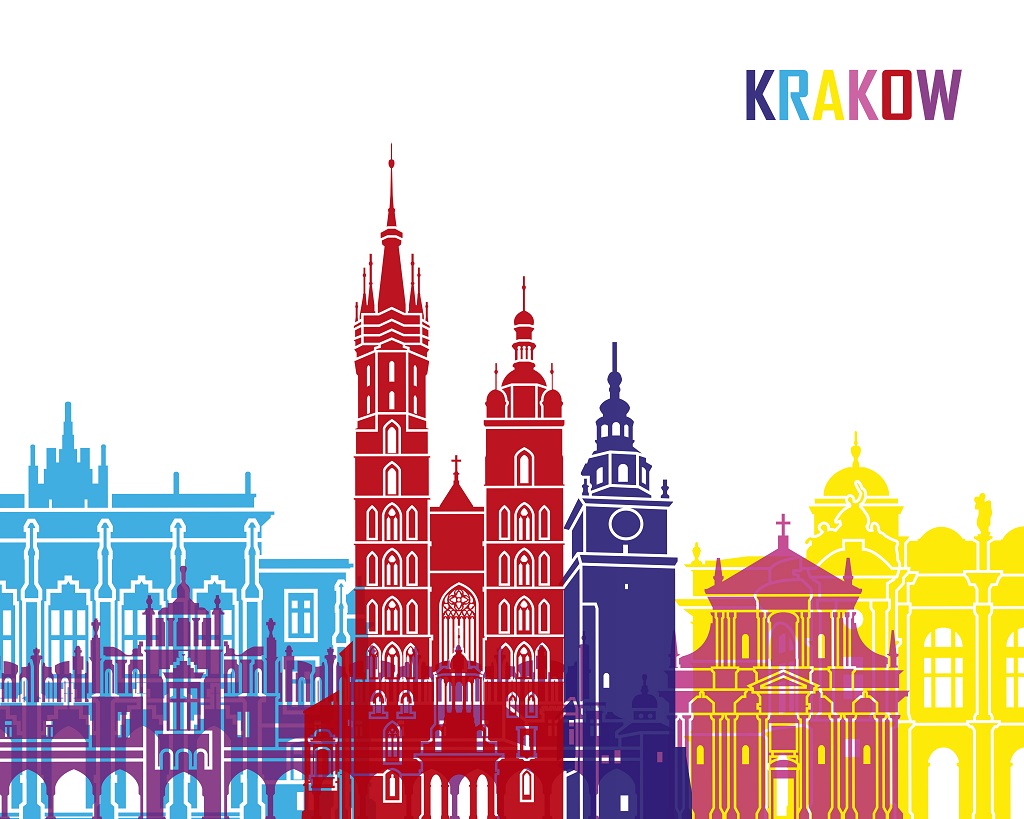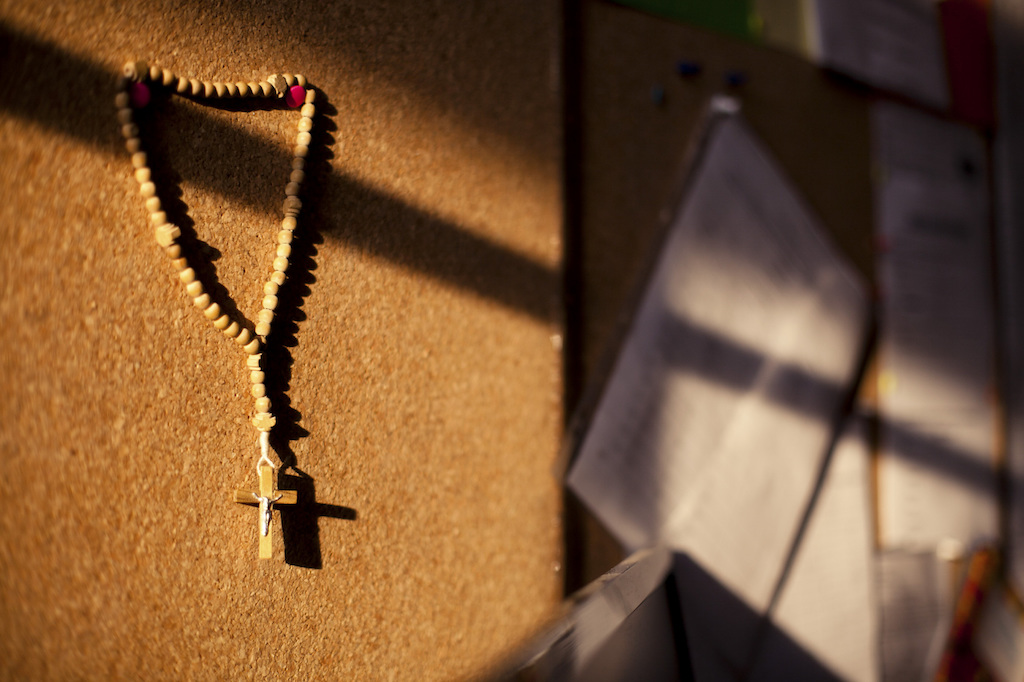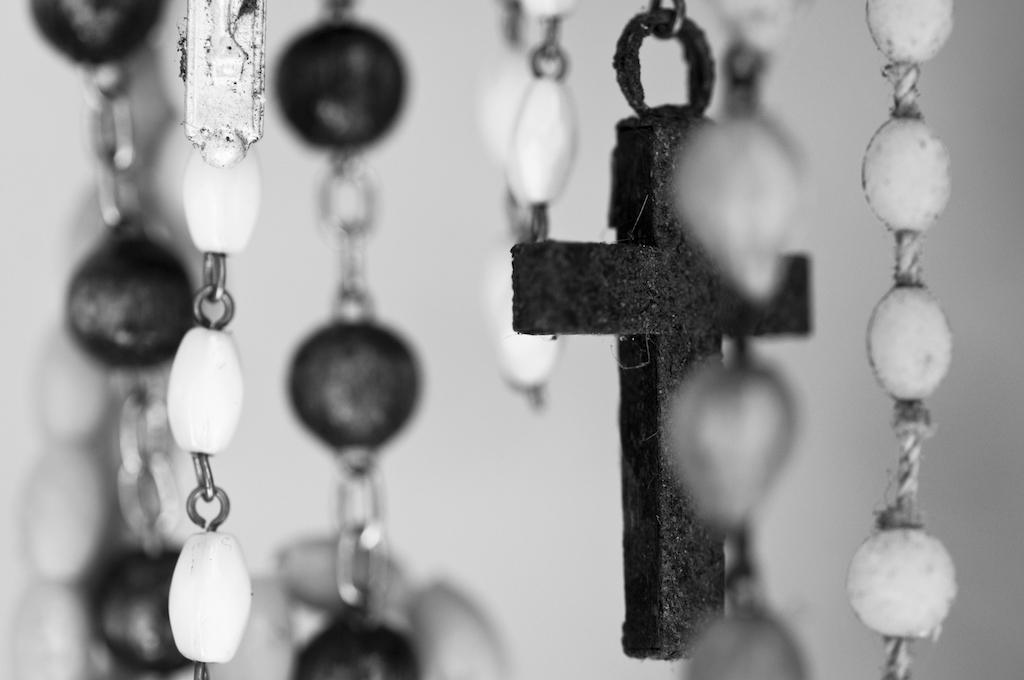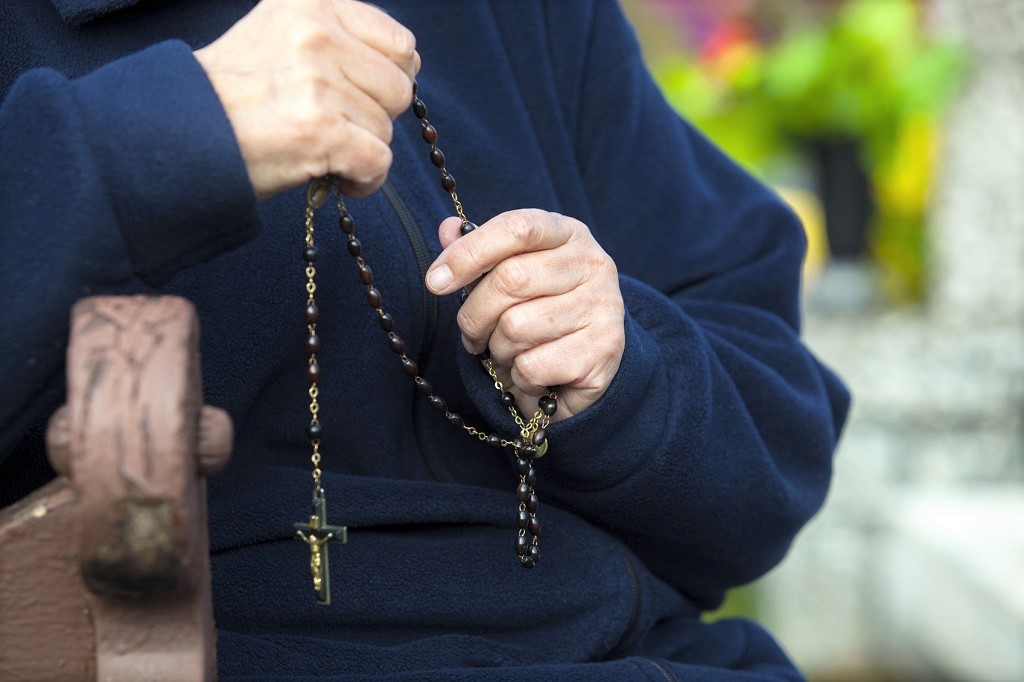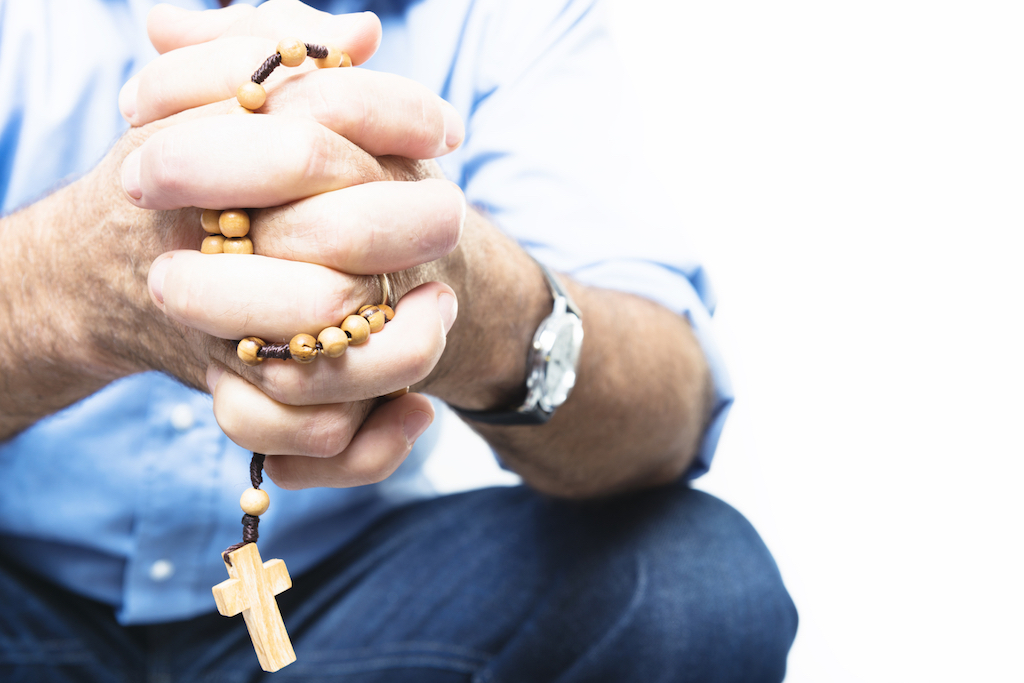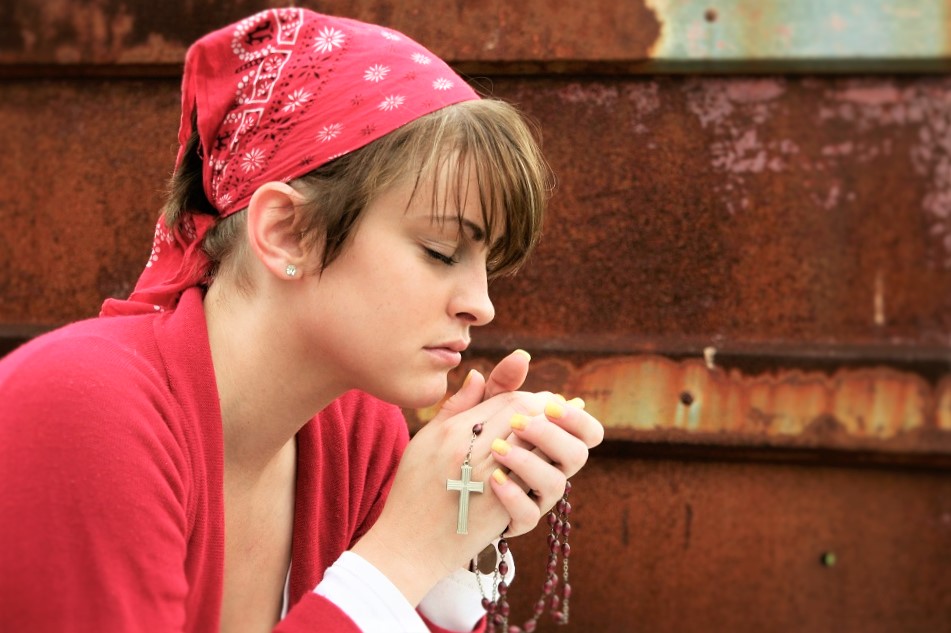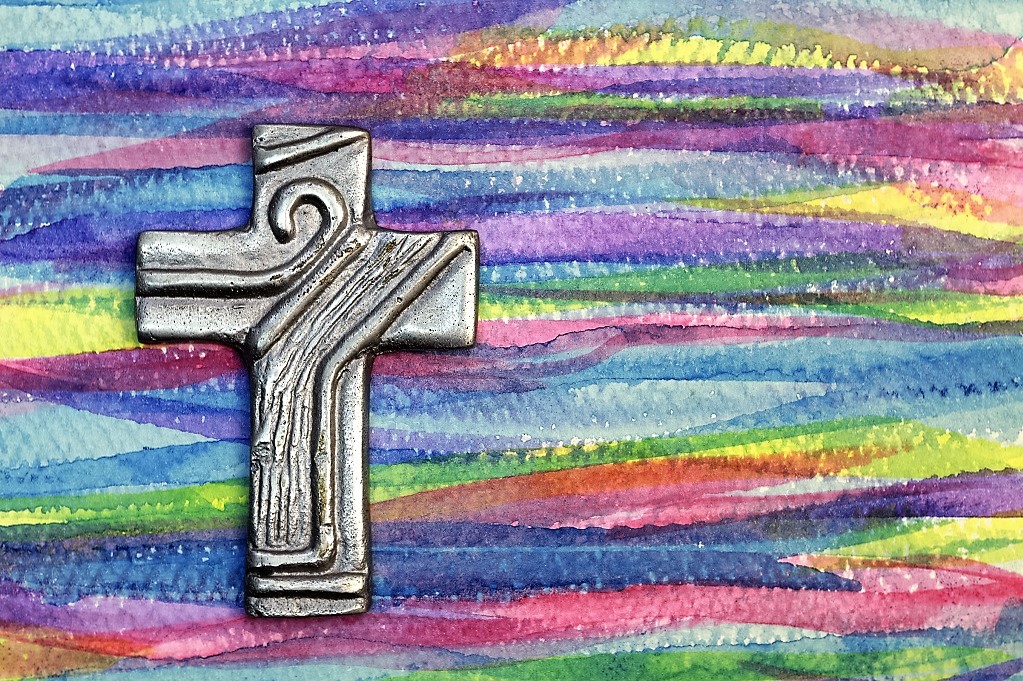Prayer journaling is nothing new: many saints have kept them. The point of a prayer journal is not to be a diary, or a chronicle of one’s day. A prayer journal is a love letter to God.
One great thing about a prayer journal is that it’s easy to do. All you need is a notebook – fancy or not – and a pen. You can take your journal with you anywhere, tucked into a purse, a briefcase or backpack. Sure, you could keep a journal online or in a computer writing program, but using your own hand to write your prayers is really best. It requires a different part of the brain to get a thought from brain to fingertips. Using your own hand to write is far more personal than a typed journal.
If you’re not sure what to journal, start with blessings or gratitudes. What are you grateful for, right here and now? It might simply be that you have food for breakfast. Perhaps you’re grateful for a cup of coffee in the quiet of the house before everyone else starts their day. Even in our darkest moments, we can find blessings. A shoulder to cry on perhaps, or a nurse who gently cares for a dying loved one: once we tune our ears and eyes to gratitude, we find it in abundance. If you’re really not sure where to start, ask the Holy Spirit for guidance. The Spirit of God never disappoints.
Another way to journal is to use a Scripture verse as a starting point. Perhaps it’s a line from the Mass readings on Sunday that struck a chord with you. Write that line down, and let your prayer flow from that. One might do the same with a song or a line from a hymn.
A prayer journal should be real; don’t hold back. There are times in our lives that we are really mad at God – maybe we aren’t really mad at Him, but we have no where else to place our anger. When a loved one dies unexpectedly, we might rail at God, “Why did you take her so suddenly?? I wasn’t ready!” Pour out your heart. Remember, a prayer journal is not getting turned in for a grade; it’s a conversation between you and God.
Prayer journaling can be easier if you follow a formula, at least at the beginning. Start with gratitude and praise. Then let God know what is on your heart right now. Nothing is too trivial. Maybe you’re worried about your health or there is a difficult situation at your job. Maybe your toddler is sick and you just want her to feel better. Ask God to give you whatever it is you need to manage for that day. Move towards an examination of conscience. Perhaps that situation at work is partially your fault; ask for the grace to mend it. Finally, end with asking a favorite saint or the Blessed Mother for intercession.
A prayer journal can be as simple as a notebook and a pen. Other people like to draw or decorate their prayers; the process of creativity helps them to “zone in on” prayer. Use markers, colored pencils or whatever feels right if you decide to be more creative in your prayer. This process is terrific because it forces one to slow down and really examine what’s on one’s mind and heart.
Finally, don’t get discouraged. Finding your own way of prayer journaling can take some time. It’s a process, and you have to find your own manner of prayer. Just remember: this is your love letter to God, and like any parent, He loves to hear from His children.




